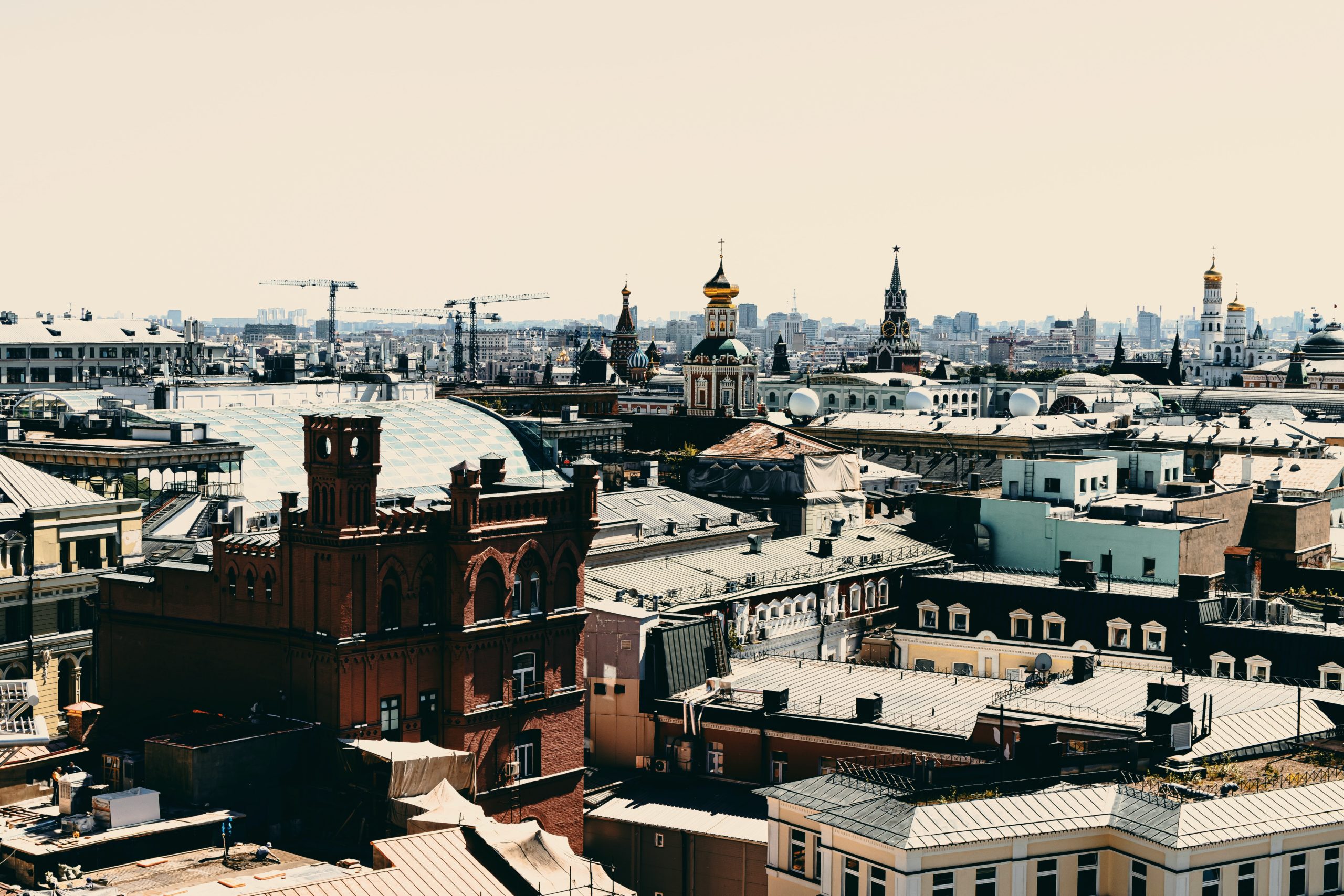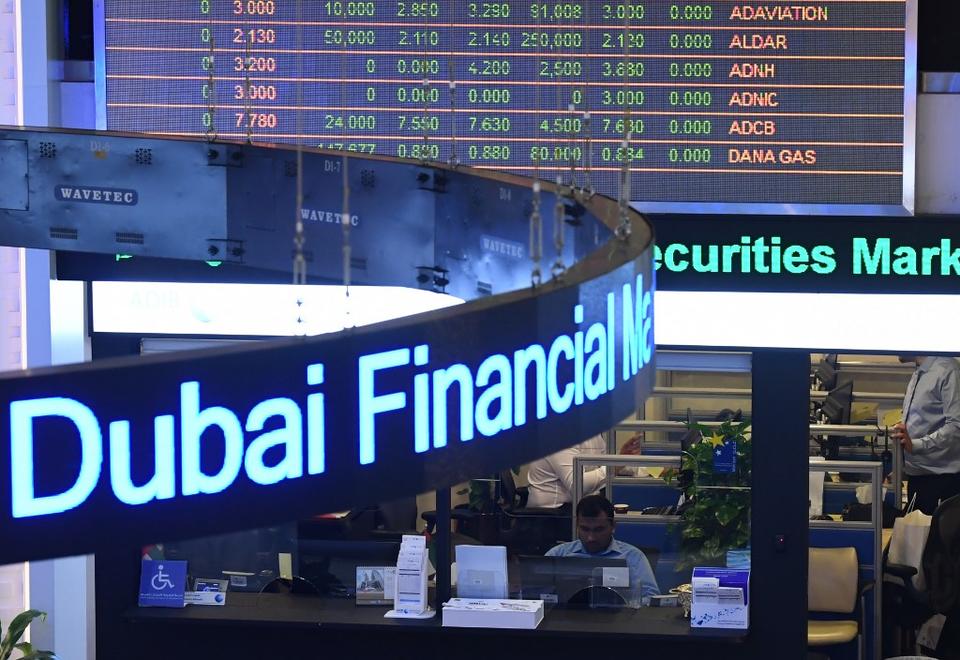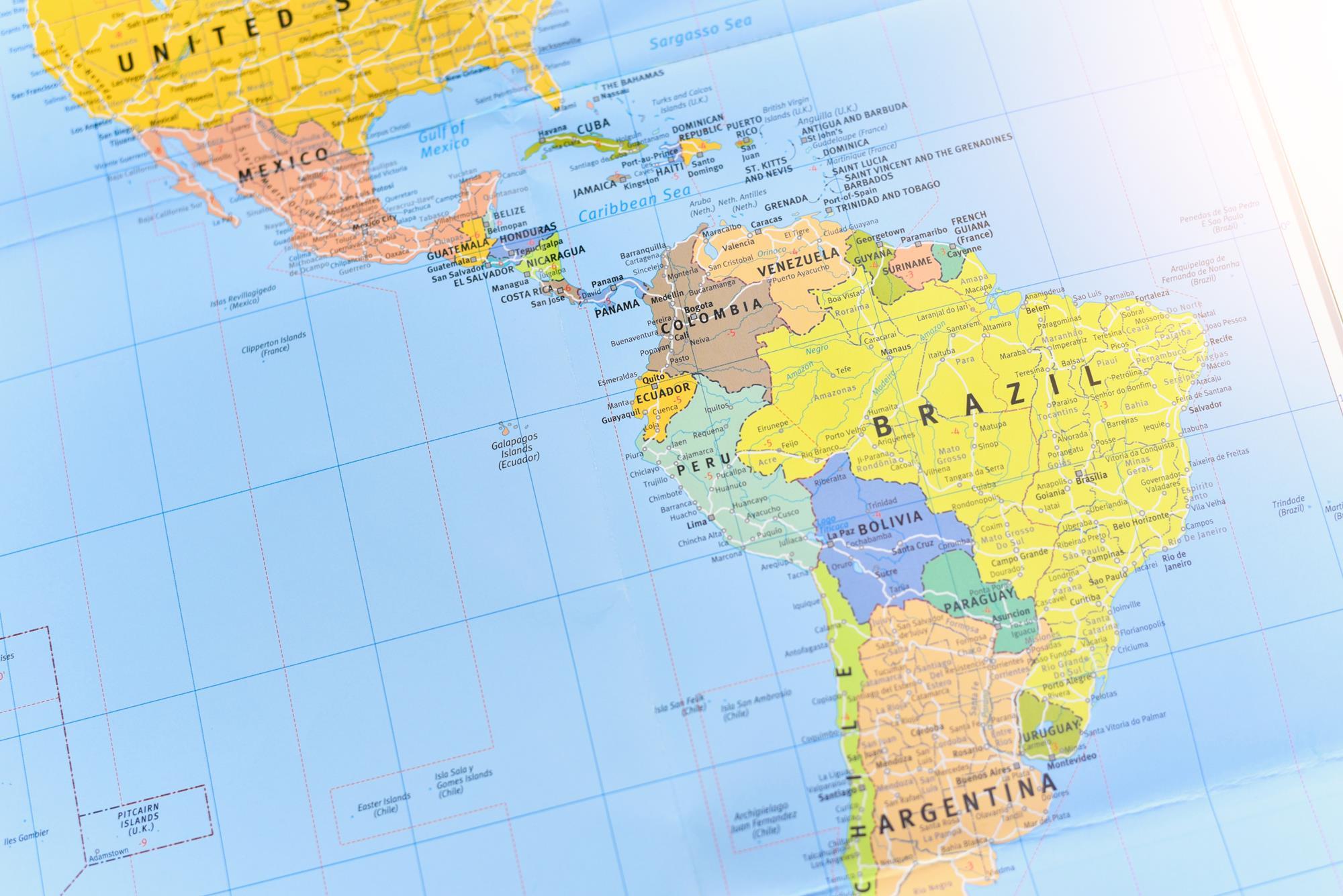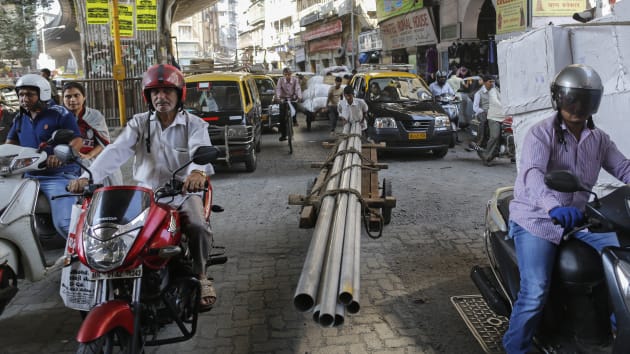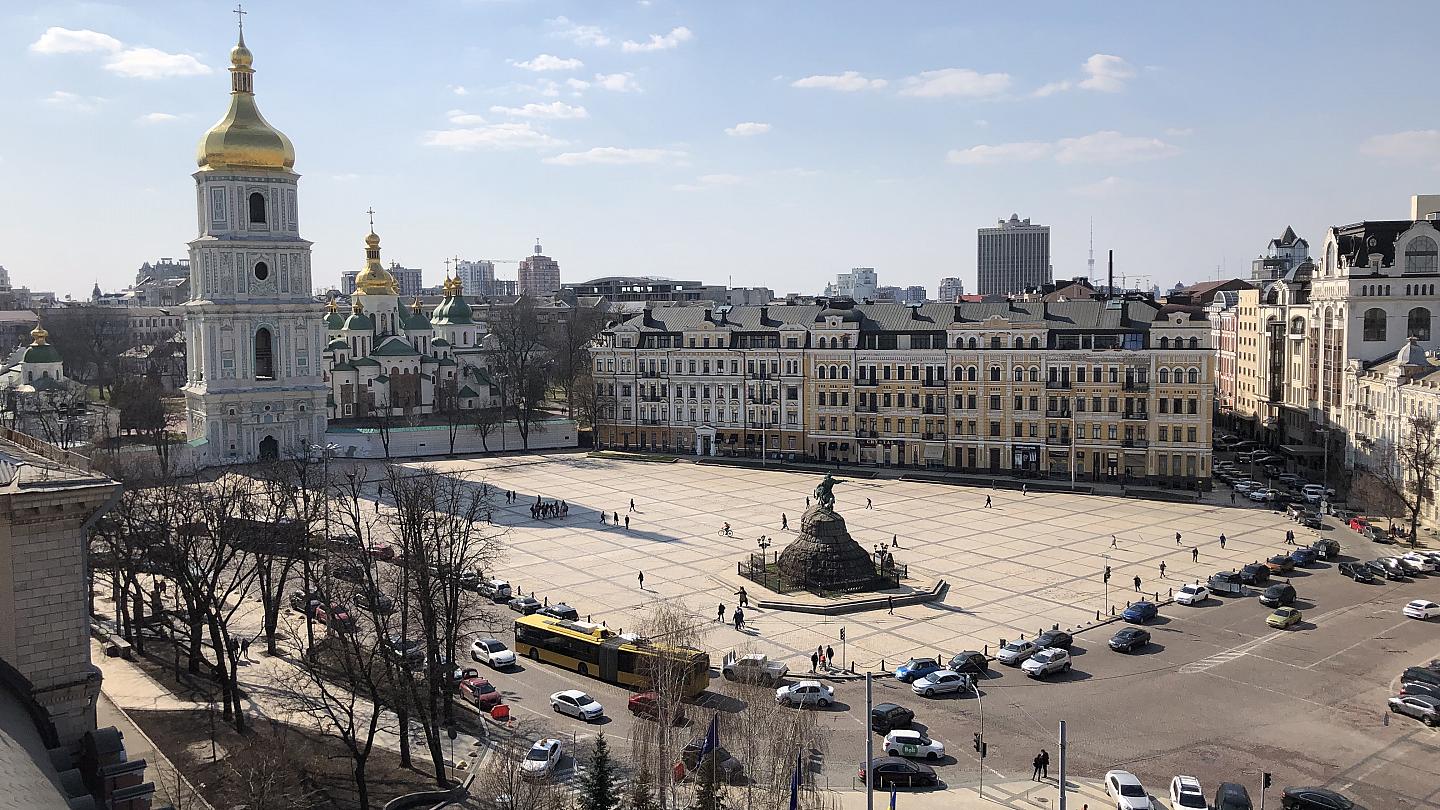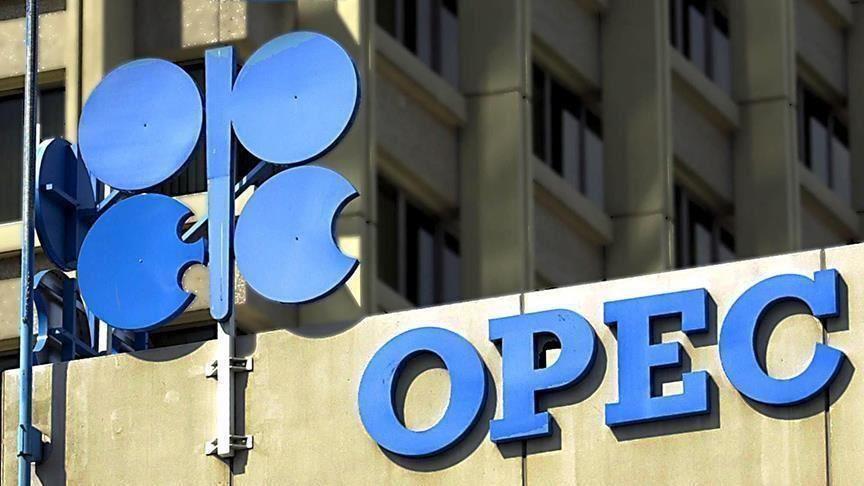Post Arab Spring, county still struggling amid high unemployment and rising inflation.
January’s violent protests have raised the risk of broader unrest in Tunisia, which was the birthplace of the January 2011 Arab Spring. Like in Iran earlier this year, the initial peaceful protests eventually escalated into violent clashes. The protests are driven by persistent high unemployment (due to weak economic activity); fiscal consolidation measures included in the budget for 2018; and a rising cost of living.
The government is raising fuel prices from a relatively low base to reduce subsidies, as well as hiking the value added tax (VAT) on several products and services to raise the additional revenues needed to narrow the persistent fiscal deficit. The protests, supported by the opposition party, are calling for scrapping these measures included in the 2018 budget. However, the International Monetary Fund (IMF) program is conditional upon these measures.
The IMF staff visited Tunisia in early December to complete the 2017 Article IV consultation and conduct the second review of Tunisia’s economic program supported by the 4-year IMF Extended Fund Facility (EFF) approved in May 2016, in the amount of a $2.8 billion concessional loan.
Weak Growth, High Unemployment
While Tunisia has made progress in reforming its legal and political structure following the Arab uprising in 2011, economic reforms have been slow and nine successive governments have failed to address the problems. The country is suffering from low growth, persistently high unemployment, particularly among the youth—large external and fiscal imbalances, and widening income inequality.
Spillovers from the crisis and terrorist’s attacks on tourist spots have led to a sharp decline in tourism receipts, an important source of foreign exchange and employment. Economic growth remained around 1% in 2015 and 2016 mainly due to the sharp decline in tourist arrivals.
Growth has picked up slightly in 2017 to around 2%, driven by a small recovery in tourism and a strong rebound in phosphate production. But inflation has accelerated to 6.3% year over year at end-2017, partly due to the significant depreciation of the currency. The central bank has increased its policy rates to contain rising inflationary pressures and to provide support for the dinar in the foreign exchange market.

